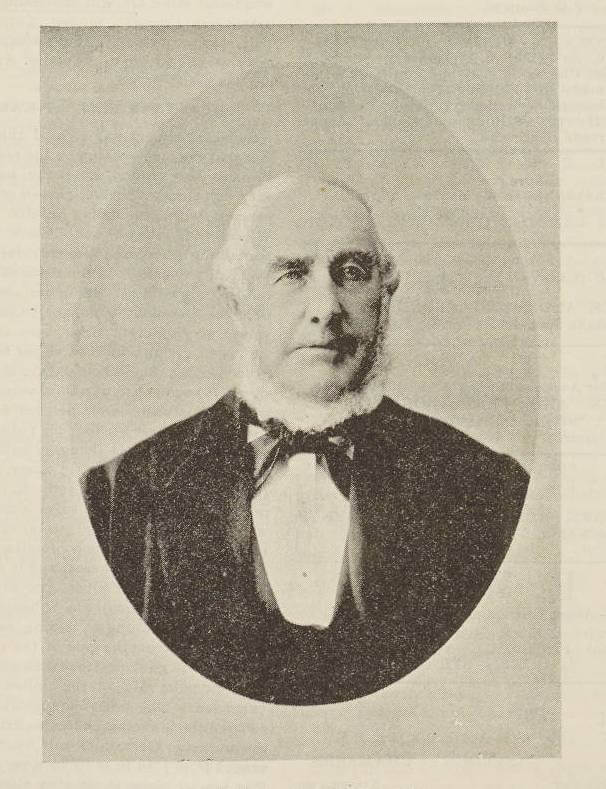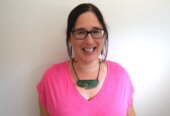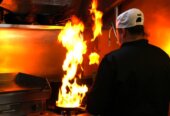At full moon Maurice Mahon often went a little strange. He was considered rather eccentric but not dangerous although he once threatened his employer, Mr Hunter, Sr, with an axe.
He had been living with William Hunter, Jr, auctioneer, at Ōhaupō for 10 years, and had been employed by the Hunter family as a labourer for over 20 years.
When Maurice wandered into the scrub one morning in late March in 1893 it was two days before a full moon and not entirely unusual behaviour. Fourteen year old Edward Shaw observed him about 10am on the railway bridge near the Ōhaupō – Alexandra Road. He turned off the bridge and headed down towards the creek. But Maurice did not look well and was hardly able to walk. Alarmed at Maurice’s disappearance Mr Hunter’s men went out looking for him but not a trace could be found despite a search being made all that day and into the next.
The following afternoon young William Delaney, out fishing near the railway bridge with some other boys, stumbled across a body about 50 yards from the water in Mr McNicol’s paddock. They immediately told Mr Hunter, Jr, who identified it as the missing Maurice.
An inquest was held in Mr Delaney’s Ōhaupō hotel. Maurice had been very guarded about himself and despite being employed so long by the Hunter family, nothing was known about him or even where he came from, except that his name was Maurice Mahon.
William Hunter, Jr, said that the last time he saw Maurice alive was the day before he disappeared. He was in bad health and complained of shortness of breath. William had taken him to hospital in early March, where he stayed about two weeks. William did not know if Maurice was married or anything about his relations. He was of temperate habits, but he could not eat well as he said it made him ‘blow’. Full moons affected him, but William got along with him all right.

William Hunter, Snr founder of an auctioneering firm. His family showed great benevolence to the mystery man who called himself Maurice Mahon.
Robert Hogg, Mr Hunter’s employee, had known Maurice for 15 years. He last saw him alive the night before he disappeared. He had his tea, but ate very little. He was in his room in bed. His mind seemed to wander, and he was very sick and appeared hardly able to breathe. Robert searched for him all day after he disappeared.
Dr Brewis told the inquest Maurice had extensively diseased lungs with very great pleurisy on the left side. In his opinion the cause of death was failure of the heart’s action brought on by the condition of the lungs. The jury, without retiring, returned a verdict of ‘death from natural causes.’
Maurice was estimated to be around 50 and appeared to be from Ireland. Maurice Mahon may not have been his real name. It’s possible he was a remittance man – an emigrant supported by money paid from his overseas home. Often these were disgraced men of good families or a high position in society who were banished abroad and whose payments depended on them staying away. Just as likely he may have reinvented himself and been hiding from a previous life.
Even the location of Maurice’s grave is a puzzle, although his death was registered at Te Awamutu. Perhaps his benefactors, the Hunters, made quiet arrangements to have him finally laid to rest.








